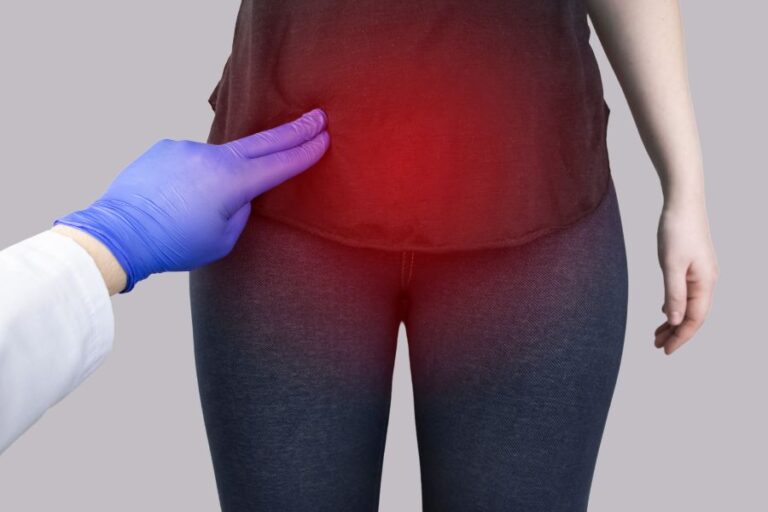- Phone: +91 94800 58379
- Mon-Sun 24/7
- contact.sanyrahospital@gmail.com


Cystocele

Cystocele, more commonly referred to as bladder prolapse, is a medical condition affecting predominantly women that involves weakening or displacement of the front vaginal wall and subsequent bladder prolapse into the vaginal canal. This condition can result in significant discomfort for those affected, significantly impairing quality of life and hindering the quality of living overall. We will explore in more depth its causes, symptoms, diagnosis, treatment options, and preventive methods in this article.
Cystocele typically results from the weakening of pelvic floor muscles and tissues that support the bladder and other pelvic organs due to various causes, including:
Cystocele symptoms range in intensity from minor discomfort to significant disruption in daily life. Some common signs and symptoms may include:
An accurate cystocele diagnosis requires an in-depth medical history, physical exam, and possibly additional tests. A pelvic exam may serve as the initial step where the healthcare provider assesses prolapse extent; additionally, urodynamic studies (measuring bladder function), cystoscopy, or even endoscopic cystography might also be performed to assess its condition and diagnose cystocele.
(Sources vary) Within treatment for cystocele, there may be variations depending on its severity and individual preferences. Some options available for consideration: (Source)
While not every cystocele can be avoided entirely, specific measures can reduce its risk:
Cystocele is a condition primarily experienced by females that results from weakening pelvic floor muscles and tissues, often through pregnancy or menstruation. Although symptoms of cystocele can cause discomfort and disruptions to daily life, treatment options exist that can manage symptoms while improving overall well-being. Understanding causes, symptoms, and preventive measures is vital for individuals to take charge of their pelvic health – should you suspect you might have cystocele or are experiencing related symptoms, seeking professional medical advice is key so diagnosis and guidance can ensure accurate diagnosis and guidance and diagnosis and guidance can ensure proper diagnosis and guidance from medical advice is vitally necessary for diagnosing and guidance of treatment options available from medical advisors is critical ensuring accurate diagnosis and guidance on the best course.

We are happy to assist you! Fill the form we will contact you soon!
Sanyra Hospital is a leading Multi-Speciality Hospital in Kengeri Bangalore and diagnostic centre. With a commitment to providing high-quality healthcare services, it offers a wide range of medical specialties and advanced diagnostic facilities to meet the diverse healthcare needs of the community. We have dedicated urology center & dialysis center.
© 2023, Sanyra Hospital. All Rights Reserved.
WhatsApp us